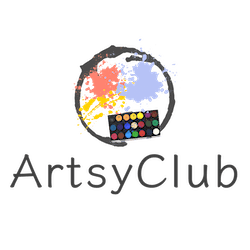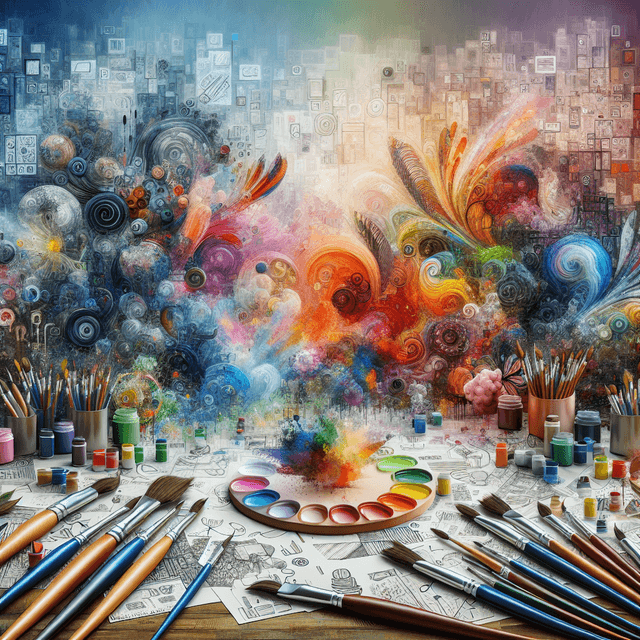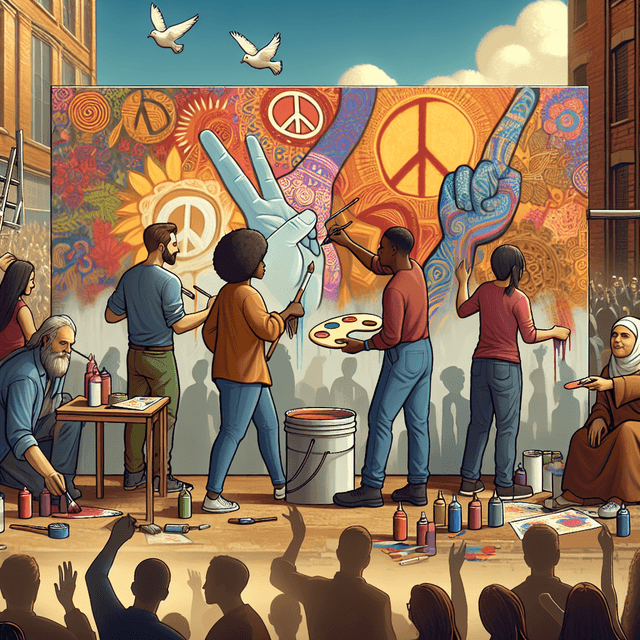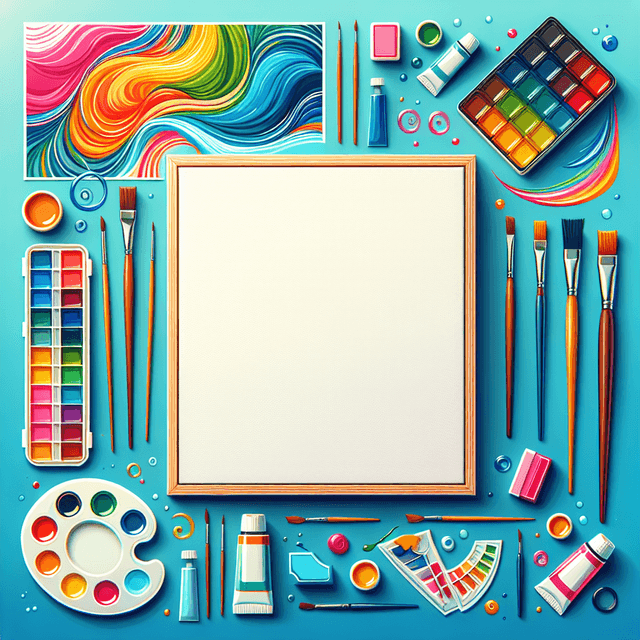Creating a Personalized Art Curriculum: Tips and Tricks
TL;DRFor those short on time, here's a quick summary: To create a personalized art curriculum, start by understanding your goals and assessing your current skills. Explore various art mediums and structure your curriculum with a mix of practice, theory, and experimentation. Incorporate art history, set a routine, gather necessary resources, seek feedback, and be prepared to adjust your plan as you grow.

Table of Contents
Understanding Your Artistic Goals
Before diving into the creation of your art curriculum, it's essential to clarify what you want to achieve. Do you aspire to master a specific medium, or are you looking to explore various techniques? Perhaps your goal is to prepare a portfolio for art school or to develop a body of work for an exhibition. Identifying your objectives will guide the direction of your curriculum and help you set achievable milestones.
Assessing Your Current Skill Level
An honest evaluation of your current artistic abilities is crucial. If you're a beginner, you'll need to start with the basics of drawing, color theory, and composition. Intermediate artists might focus on refining their techniques or expanding their knowledge in a particular area. Advanced artists could concentrate on conceptual development or professional practices. Knowing your starting point ensures your curriculum is appropriately challenging.
Exploring Different Art Mediums
A well-rounded curriculum includes the exploration of various art mediums. From traditional forms like painting and sculpture to digital art and mixed media, experimenting with different materials and techniques can enhance your creativity and technical skills. Don't be afraid to step out of your comfort zone and try something new.
Structuring Your Curriculum
A structured approach to your curriculum is vital for systematic learning. Break down your goals into smaller, manageable tasks and projects. Include a balance of practical exercises, theoretical studies, and creative projects. Make sure to allocate time for practice and repetition, as consistent effort is key to improvement.
Incorporating Art History
Understanding the context in which art is made adds depth to your practice. Studying art history exposes you to various styles, movements, and artists, offering inspiration and insight into different creative processes. Include research and analysis of artworks that resonate with you or relate to your goals.
Setting a Schedule and Routine
Consistency is essential in developing artistic skills. Set a regular schedule that fits your lifestyle and commit to it. Whether it's daily sketching, weekly painting sessions, or monthly projects, a routine helps build discipline and progress. Remember to include breaks and downtime to prevent burnout.
Gathering Resources and Materials
Having the right resources and materials is fundamental to your art practice. Compile a list of essential items based on your chosen mediums and ensure you have access to them. Additionally, utilize books, online tutorials, and community classes to support your learning. Be resourceful and look for cost-effective options.
Seeking Feedback and Critique
Feedback is a valuable tool for growth. Share your work with peers, mentors, or online communities to gain different perspectives. Constructive criticism can highlight areas for improvement and encourage you to push your boundaries. Embrace critique with an open mind and use it to refine your work.
Adjusting the Curriculum Over Time
As you progress, your needs and interests may change. Regularly review and adjust your curriculum to reflect your development. Be flexible and responsive to what you learn about yourself as an artist. The ability to adapt is a strength that will serve you well in your artistic journey.
Conclusion
Creating a personalized art curriculum is a dynamic process that requires introspection, planning, and adaptability. By setting clear goals, assessing your skills, exploring various mediums, and structuring your learning, you can build a strong foundation for artistic growth. Remember to incorporate art history, maintain a routine, gather resources, seek feedback, and be open to change. With these tips and tricks, you're well on your way to developing a curriculum that will nurture your creativity and enhance your artistic abilities.



